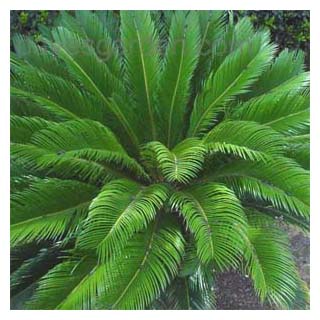
Dogs typically present with very non-specific signs like vomiting and lethargy (as with many other diseases). Signs can occur from 15 minutes to 36 hours after eating the plant. Look for vomiting, diarrhoea (sometimes bloody), jaundice, bruising of the skin, and weakness with tremors and seizures if severe.
There is no blood test to detect the toxin, and looking for seeds or plant material in the faeces or vomit will help greatly. Remember these signs are not specific for Sago toxicity and general supportive but intensive treatment for liver failure will cover most other causes; however, the prognosis for recovery from this toxin is poor. Most dogs will succumb despite treatment.
Patients are placed on intravenous fluids, liver support/antioxidant drugs, narcotic analgesia, antacid drugs, antinausea meds, but usually to no avail. Other causes may have a better prognosis, so owners who give us a history of possible access to this toxin or who observe the seeds or roots in the vomitus or faeces will allow us to give an owner the full range of options available before starting treatment.
Other common liver toxins for pets include xylitol (found in many household foods including some peanut butter, chewing gums, and sweetening agents), NSAIDs like ibuprofen used for arthritis in people, heavy metals, and other plants like Brunsfelsia (yesterday today tomorrow plant). Kidney toxins include NSAIDS, lilies especially in cats, raisins and grapes, heavy metals, heart failure drugs, chemotherapy drugs.